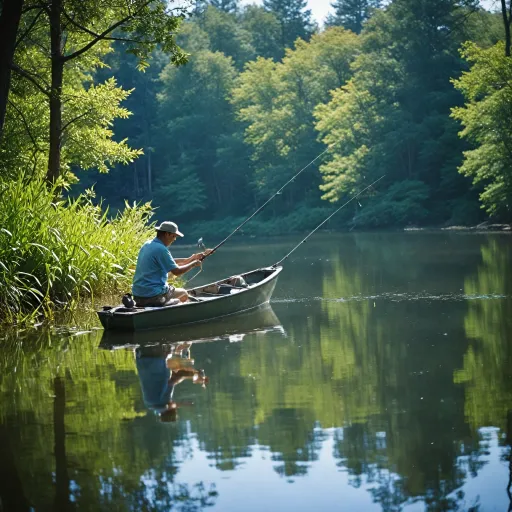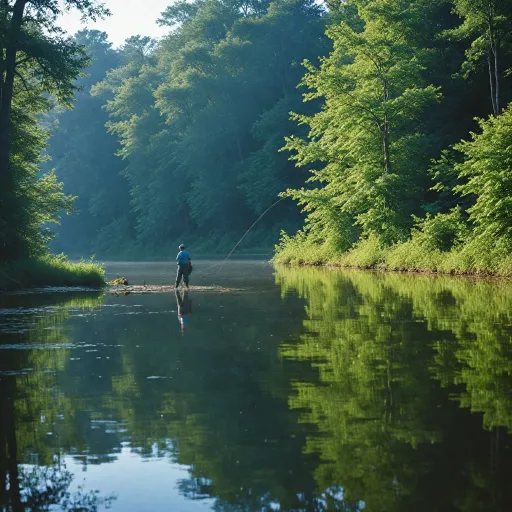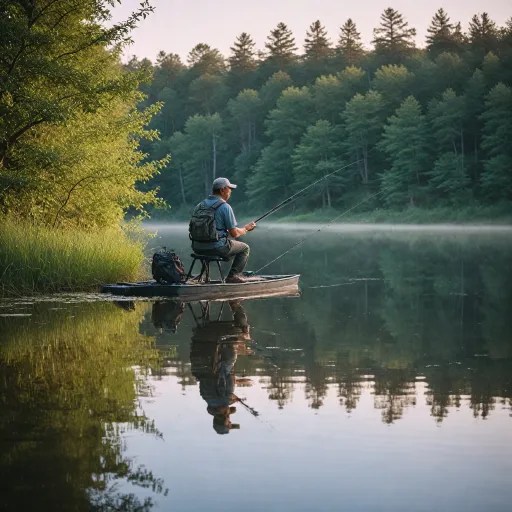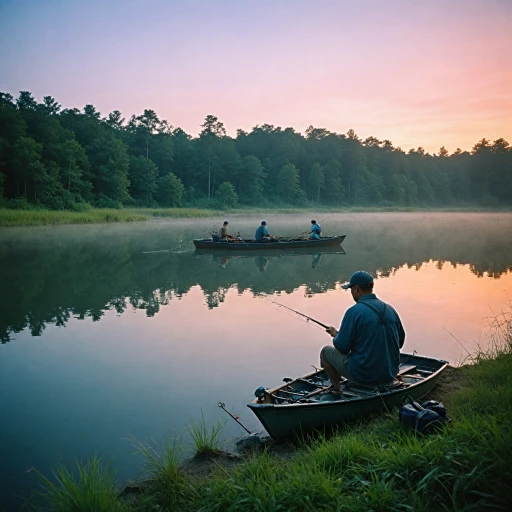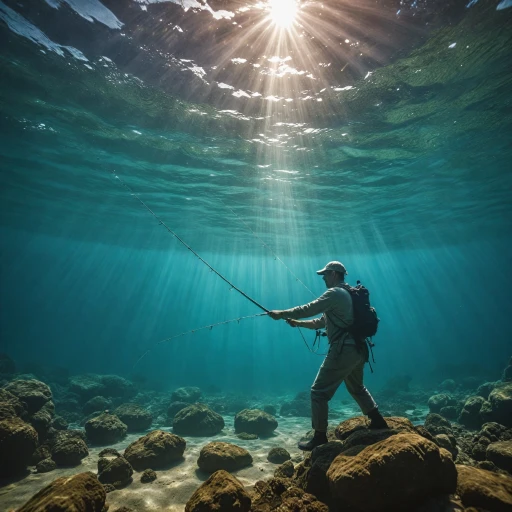
Understanding Minnows: The Basics
Getting to Know Minnows: An Insight into the Basics
The world of minnows is as vast as it is fascinating, perfectly encapsulating the intricate web that forms the foundation of recreational fishing. Known for their small size, minnows, also referred to as bait fish, occupy a special niche in many ecosystems as well as in the tackle boxes of anglers. True minnows belong to the family Cyprinidae and come in various species including the well-known golden shiner, common shiner, and fathead minnow. Providing a wide range of uses, these small fishes are essential components of aquatic food chains everywhere, particularly in the Northern Hemisphere.
Among the common species we find, the shiner stands prominent, often used due to its adaptability to myriad water conditions and high effectiveness as bait. Minnows such as the shiner Notropis are often the choice of many seasoned anglers due to their enticing size that appeals to predatory fish. The notropis genus, along with pimephales promelas, provides several varieties well-suited to different fishing needs.
An intriguing aspect of minnows is their spawning behavior and habitat preferences. For instance, the bluntnose minnow and pugnose minnow display distinct spawning patterns that influence their seasonal availability to anglers. Understanding these patterns can significantly enhance fishing success, adding depth to one's angling strategy. Whether in fast-flowing streams or tranquil lakes, these fishes are a constant presence, often indicating water health and offering insight into aquatic ecosystems.
Every successful fishing expedition with minnows begins with understanding their behavioral and environmental nuances. The emerald shiner and ozark minnow, along with certain habitats’ adapted fellows like the silverjaw minnow, each exhibit unique characteristics that can be strategically leveraged. By exploring the intricacies of different minnow species, anglers equip themselves with valuable knowledge for tailoring techniques that match specific fishing scenarios.
For those interested in detailed fishing strategies, it is worth exploring the versatility of J-hooks, which are often paired with minnows to enhance fishing methods and outcomes.
Types of Minnows and Their Uses
Exploring the Variety of Minnows and Their Fishing Applications
When it comes to angling, understanding the variety of minnow species and their respective applications is crucial for maximizing success. In recreational fishing, minnows serve as a versatile bait option, offering anglers numerous choices, each with distinct characteristics and suitable fishing conditions. Dive into the world of minnows and discover which species best suits your fishing needs. The common shiner, a popular bait choice, is highly favored for its wide range of habitats and adaptability. It's a resilient fish often used for attracting larger predatory species. Meanwhile, the golden shiner and emerald shiner are known for their shimmering appearance which can effectively lure target fish. These small fishes are especially appealing in clear waters where their reflective scales can be seen from a distance. Another notable species is the fathead minnow (Pimephales promelas), commonly available and particularly popular for use in fish farming and as live bait in cooler temperatures. The bluntnose minnow is another excellent choice for colder climates, revered for its hardiness and ability to thrive in diverse water conditions. With a distinctive flat nose, it's easily recognizable and favored in varied weather conditions. For those fishing in regions with warmer climates, the red shiner and silverjaw minnow from the genus *Notropis* offer robust options. These minnows are well-suited for warmer streams and rivers, luring game fish with ease. And speaking of the genus *Notropis*, it includes the shiner Notropis and pugnose minnow, both of which are adapted to unique habitats that can be taken advantage of by astute anglers. The ozark minnow, found primarily in the Ozarks, thrives in fast-flowing waters. Anglers can use these minnows to their advantage by mimicking their natural spawning behavior, drawing in larger species. Grass carp are another bait option suitable for those seeking large catches, often utilized for targeting bottom-dwelling fish. Innovations in minnow products have made it easier for anglers to transport these small fishes efficiently without causing harm. Many bait fish carts are now designed to keep minnows alive and active, ensuring they remain attractive bait. Whether you're targeting freshwater species or exploring coastal waters, selecting the right minnow not only increases your chance of a successful catch but also enhances the enjoyment of your fishing experience. For further insights into utilizing these versatile bait options, check out this resource on the versatility of J-hooks in recreational fishing.Selecting the Right Minnows for Your Fishing Needs
Choosing Minnows to Elevate Your Fishing Success
Selecting the right minnows for your fishing needs is essential for a successful angling experience. Different minnow species can attract various fish, so knowing their characteristics and behaviors is crucial. Here's a guide to assist you in making the best choice:- Common Shiners: These are often used as bait fish because of their widespread availability and effectiveness. They belong to the Notropis genus and are great for catching predatory fish in a range of environments.
- Fathead Minnows: Known scientifically as Pimephales promelas, fathead minnows are a preferred choice for their resilience and appeal to larger fish species. Their size and durability make them ideal for a variety of fishing situations.
- Golden Shiners: These minnows are popular in freshwater fishing, particularly for bass. Their shiny appearance makes them an attractive bait option to entice more aggressive strikes from fish.
- Emerald Shiners: Favored for their distinctive coloration, emerald shiners can be a game-changer in clear waters where visibility is key. Their small size is perfect for targeting smaller game fish.
Caring for Your Minnows: Best Practices
Proper Handling and Maintenance of Minnows
Caring for your minnows properly is essential to ensure their vitality and effectiveness as bait. Here are some best practices to help maintain the health of your minnows and improve your recreational fishing experience.
- Storage and Temperature: It's crucial to store your minnows in a container that allows for sufficient oxygen exchange. Consider using aerated bait buckets to keep the water oxygenated. Keep the water temperature consistent with the minnows’ native environment. For example, the fathead minnow, or Pimephales promelas, thrives in cooler waters, while minnows from the Ozark region may require slightly warmer conditions.
- Water Quality: Regularly change the water in your minnow bucket to maintain freshness and remove waste products. Clean, non-chlorinated water should be used to prevent stress or potential harm to species like the common shiner or the emerald shiner. Adding natural elements, such as aquatic plants, can also help maintain water quality.
- Feeding: While short fishing trips might not necessitate feeding, for longer durations, providing a steady food supply is vital. Common foods for minnows include crushed fish flakes or small bits of worms. Regular feeding will keep minnows like the red shiner and the pugnose minnow healthy and lively.
- Avoid Overcrowding: Overcrowding can lead to stress among fish and can lower oxygen levels, particularly affecting small minnow species. Ensure that there is adequate space based on the size and number of fish you are storing.
Caring for your minnows not only preserves their lifespan but also enhances their effectiveness as bait. Following these best practices will ultimately contribute to a more rewarding and successful fishing experience, making your adventures with species from the Notropis genus to grass carps more fruitful.
Innovative Minnow Products on the Market
New and Innovative Minnow-Related Products
While common shiner and other minnows have been staples in recreational fishing for ages, the market has continuously evolved with innovative products to enhance your fishing experience. Here are some cutting-edge minnow products currently available:- Artificial Minnows: Crafted for fish species that are partial to minnows, artificial alternatives like those mimicking the golden shiner or emerald shiner are winning fans. These replicas offer the advantage of longevity without the need for care, especially useful in the absence of live bait.
- Improved Live Bait Containers: For anglers who prefer live minnows such as the fathead minnow or bluntnose minnow, advanced bait containers now ensure optimal oxygen levels and temperature control. Features like built-in aeration systems help keep your minnows lively for extended periods.
- Supplemental Feeding Kits: These kits include nutrient solutions tailored for specific minnow species, promoting the vigor and health of both common minnows like the Ozark minnow and the more unique silverjaw minnow.
- Digital Spawning Monitors: For the enthusiast aiming to refine their selection, digital spawning monitors can provide insights into peak times for collecting species like the red shiner, helping to maximize your catch potential.
- Minnow Detection Technology: With the capability to analyze range and behavior, these gadgets identify minnow hot spots by tracking movement patterns in real time, enabling precise release of bait fish.
Expert Tips for Using Minnows Successfully
Boosting Your Fishing Game with Expert Minnow Tips
Using minnows as bait can significantly enhance your fishing success, but there are key strategies to maximize their effectiveness. Drawing from the knowledge of seasoned anglers, here are some expert tips to help you utilize minnows effectively.- Know Your Minnows: Understanding the specific qualities of different minnow species, such as the golden shiner, common shiner, or fathead minnow, is crucial. For example, pimephales promelas, often recognized as the fathead minnow, is a versatile bait fish that's known for its resilience. Selecting the right species based on your target fish can lead to better results.
- Presentation Is Key: The way you present your minnow can make a big difference. Ensure that the minnow swims naturally by hooking it through the lips or dorsal fin. This method mimics the natural movement of small fishes, making it more enticing to predatory fish.
- Understand Fish Behavior: Pay attention to spawning seasons and the behavior of your target fish. During spawning, fish like the small chub or the pugnose minnow are more active, increasing your chances of a catch. Understanding these cycles can enhance your strategy.
- Optimize Your Bait Size: Match the size of your minnow to the size of the targeted fish. Smaller shiner notropis work well for species like the bluntnose minnow if you're aiming for a larger range of fish.
- Adapt to Water Conditions: The clarity and temperature of the water can affect how fish respond to bait. In clear waters, use minnows that are less conspicuous. Conversely, in murky waters, the flash of an emerald shiner or silverjaw minnow can attract attention.
- Storage and Care: Properly storing your minnows in a bait cart with adequate aeration can help prolong their life. Stress-free minnows are more active and appealing to fish.

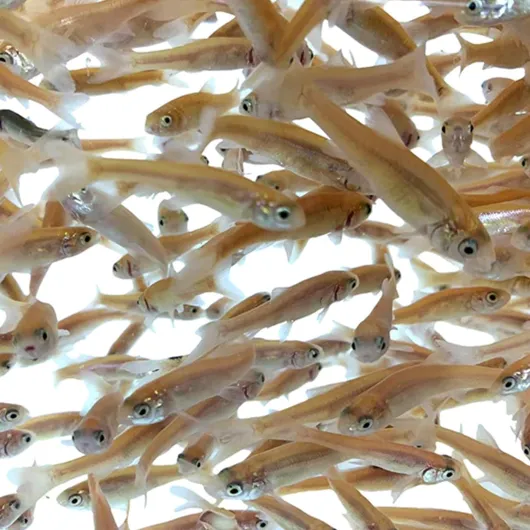
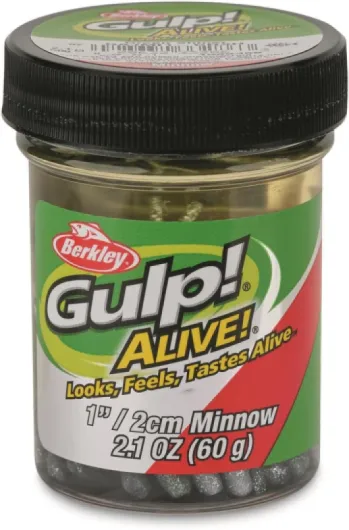
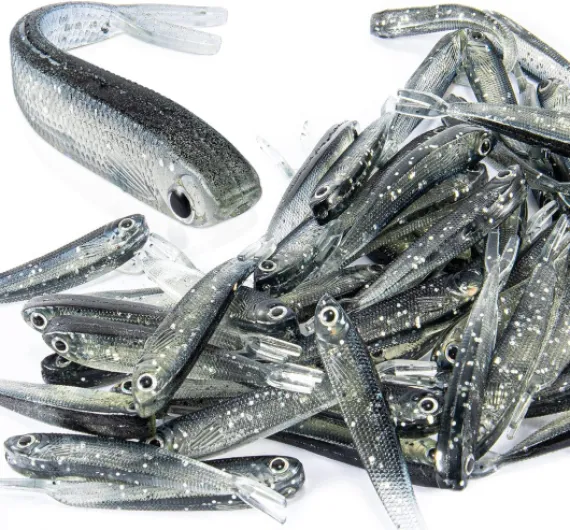
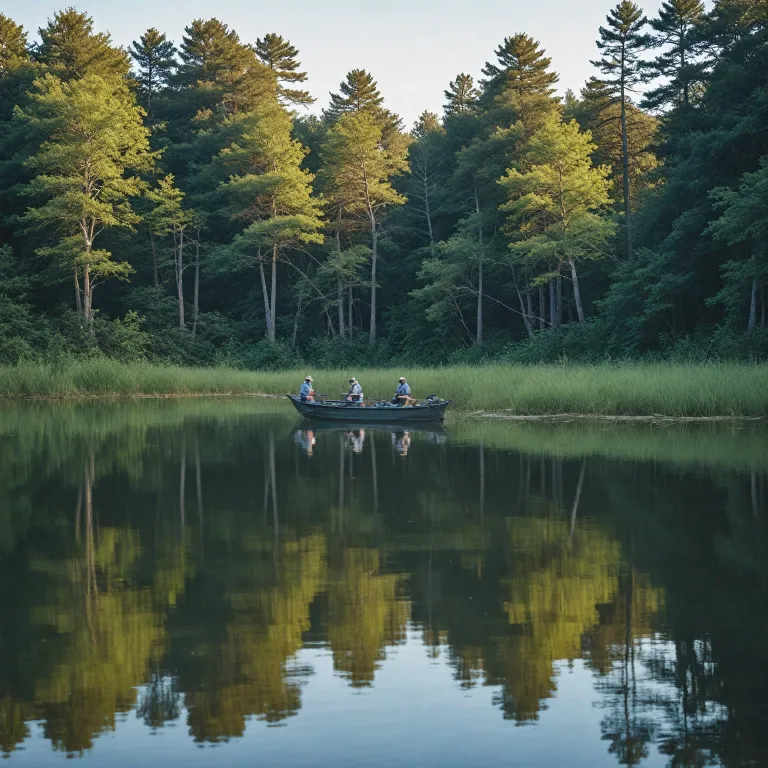
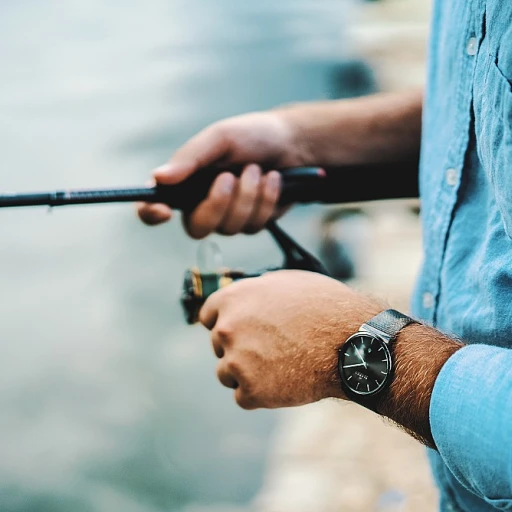
-large-teaser.webp)
